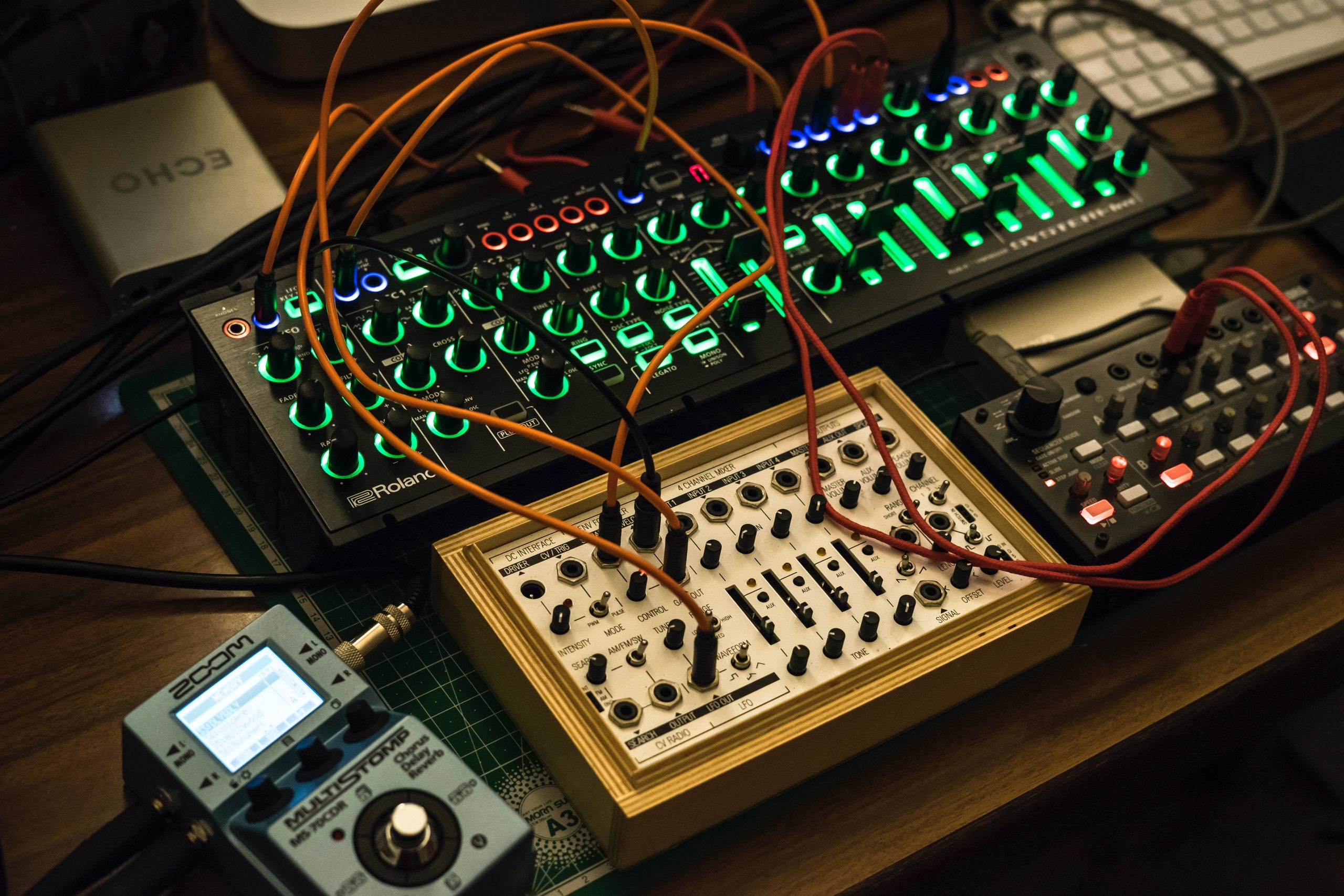We’re often answering vital questions on our Instagram to our readers, here’s the transcript of the very popular topic about synthesizers. Make sure to follow us on our IG so you can ask questions and we can answer them!

All questions were answered by our co-founder and synth geek Ashwin Baburao
Why pros mostly prefer hardware synths instead of software synths?
For one it’s always easier to add that human feel to your “automation” when things are hands-on, secondly, if the said hardware synth is analog, then it will sound a lot easier and richer, especially the filters and modulation sources. But that being said, the quality of soft synths today is just incredible as well, you can always get a MIDI controller and map it for controlling it.
Do different synths have different timbres/ and or produce different harmonies for the same given waveform?
There are small differences and anomalies in the basic waveforms of analog synths, but not to an extent where the basic waveform will sound totally different on another synth. You can always send the signal into your DAW and look at the waveform on an oscilloscope or look at plenty of YouTube videos that do a deeper analysis of the oscillators to know more about its core.
Setting them up so everything works as intended (latency, MIDI, clock) can be a time suck. Opinions?
Ah yes, getting them all to sync is quite tricky. Check out this device called the MIDIhub that can do a lot of cool stuff, almost like a DAW. Another good idea is to choose devices from the same brand that can interconnect well together, or as a last resort hit the play buttons together and nudge manually!
Which hardware synth would you recommend for beginners to design acid techno sounds?
You can do it on ABL 3 soft synth to start with. But the Roland TB-03 or the Behringer TD03 clone of the same is great as well, for that classic acid sound. You could also look at the Behringer Neutron, it can sound acidy but has a wider palette compared to the other two, and being semi-modular, trust me you will learn a lot about synthesis as you use it.
How to start with modular and where to buy?
Start with VCV rack, download it, start with the basic included modules. Now to buy modules in India is quite tricky, but our friend Analog Fever makes some incredible modules right here. We use a few of his and they’re so well priced as well.
So when you want to start learning to patch just try to start with one Oscillator, Filter, ADSR, LFO and a Sequencer and try to patch them in different ways until you get a very stronghold of the basic concepts of modulation waveforms, CV and Gates. Then you can get on sites like modular grid to see some racks by people or plan your own.
Explain Modular vs non-modular and the effect on sound design
Zero. Sound design is often mistaken for complexity, but personally for me adding emotion to the smallest byte of sound is really where it’s at. There are so many ways to approach sound design aside from synthesis like sampling, field recordings, coding, and whatnot. There is no sound you can’t achieve with say an FM or Wavetable or even a capable subtractive soft synth like Sylenth if you know how to go about it.
But of course, you can easily do rhythmic and tonal controlled chaos or total randomness on modular provided you have all the right modules, it’s a lot more fun for sure but an expensive affair!
How big of a difference does a UAD interface (vs Focusrite etc) make for recording synths?
A good audio interface is simply the most transparent signal in and out to your speakers. You will find an aural blanket that’s been removed from your speakers when you go into high-end interfaces for sure. But most of them are expensive because of the number of I/ O’s so you could get really good quality sound even in theAudient ID4 and highly recommend the Antelope stuff as well.
Best way to keep all synths ready to go for recording into DAW?
A good mixer that has USB support and can stream individual channels is a cheaper bet. You can look at the Soundcraft MTK series. The second option would be to have an Audio interface with the same number of inputs as the synths you have and get them all into your DAW mixer channels.
Opinion on Lyra 8 – fancy wishlist item or actually useful?
The Lyra is incredible, it’s free form in a way that it will drive you towards unexpected territories and hard to control, why don’t you start with the soft synth recreation of it: Just look for Lira 8 and then see how it goes from there if it’s for you or not!
What’s a good starting point to learn synthesizers? and where and how to build upon that knowledge?
Start with any subtractive synth: would highly recommend Sylenth/Analog in Ableton /TAL Noise Maker (free)
You want to start off by understanding how it’s all routed first, then start with being able to understand and identify basic waveforms blindly Then move on to understand modulation, how it affects based on the source and destination. For a week just make bass sounds, another week pads, then try slightly complex stuff like drums. You will understand in this process how to first analyze a sound before you start programming it
Syntorial is an incredible app to learn synthesis.
I’ve been a DJ since 2001, having played at prestigious clubs, festivals and other dance music events, I head the DJ department at Beatworx. I’m a technology enthusiast, and love sharing my knowledge and experiences here.
